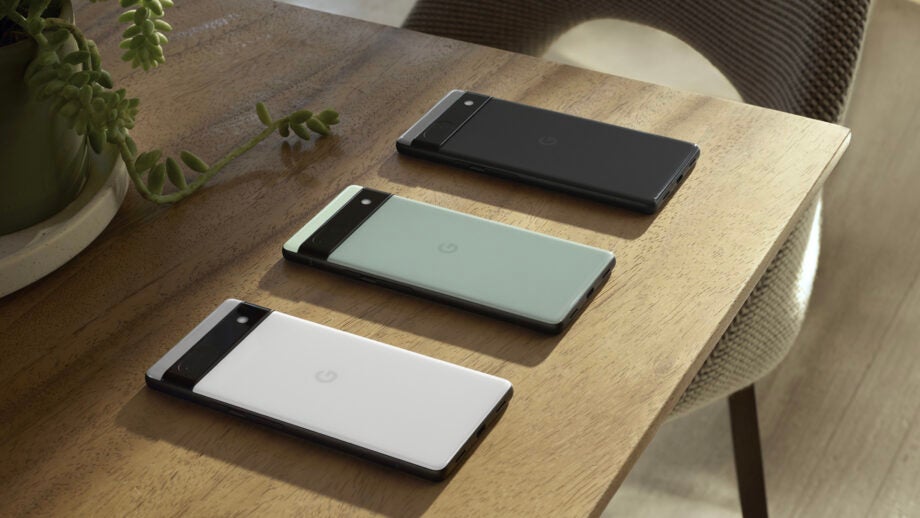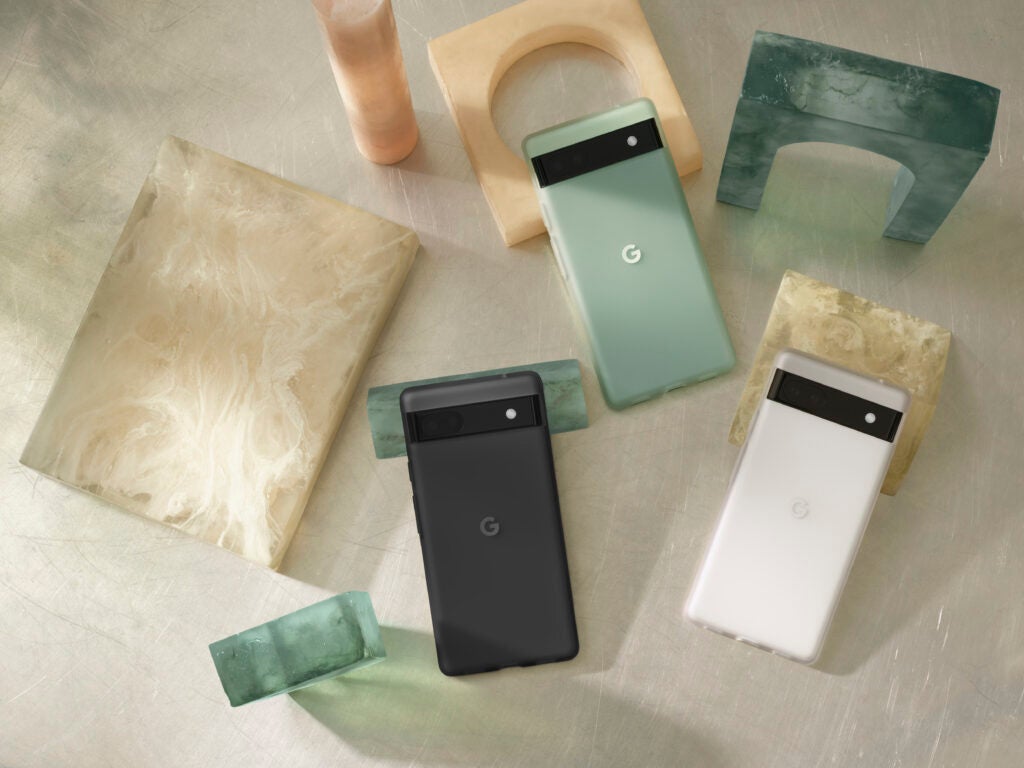Has the Pixel 6a just made the Pixel 6 pointless?

OPINION: Google has just unveiled its newest affordable phone, the Pixel 6a. But given that it’s so similar to the Pixel 6, has the brand unwittingly undercut itself?
It’s fair to say that the Google Pixel 6 is a very good phone, and we said as much in our glowing 4-star review. Its highlights include a very capable processor, a strong camera, and some truly transformative software features – but wait! A new contender has just arrived on the scene, boasting virtually the same feature list yet for a whopping $150 less!
You might think Google would be cursing its rotten luck at being undercut by this new competitor. And yet… This mysterious new phone is none other than Google’s very own Pixel 6a. Has the brand really just killed its own smartphone stone dead after just a few months?

If we take a look, blow by blow, at the differences between the two devices, it’s very hard to find a significant advantage to buying the Pixel 6 over the 6a, given that price differential.
Most importantly of all, both devices run on the same chip, Tensor. This own-brand silicon from Google has delivered impressive results when we tested it, posting strong benchmark scores and running demanding video games at a smooth clip too. It might not stand shoulder-to-shoulder with the likes of Apple’s A15 Bionic, but it’s still a highly impressive processor that helps the Pixel 6 series to offer fantastic AI features.
Now that the entry point for accessing such wonderful software as Live Translate (to decipher foreign languages in real time), or Magic Eraser (to swiftly remove distracting objects from your photos) has been pushed down to a much more affordable limit, the Pixel 6 has lost a big chunk of its alluring USP.
Even physically looking at the two handsets, you’d be quite hard-pressed to notice the difference, since both handsets boast a subtle and attractive two-tone colour scheme, and a wide camera bar across the back panel. One of the few areas you can find a difference is the screen; that of the Pixel 6 is 6.4-inches, whereas the Pixel 6a has a 6.1-inch screen, and it’s capped at 60Hz rather than 90Hz. But for this to be the most significant distinction between the two phones is hardly worthy of a $150 price gap.
The camera system also seems very similar, though we are still waiting on further details to confirm the precise extent of that similarity. We know that the Pixel 6a offers a wide and ultrawide sensor, just like the Pixel 6, and Google even admits that the selfie camera is identical to that of its counterpart. It’s not at all unusual for the A-series to boast a similar camera system to its more premium counterpart, and it is indeed one of the attractive things about this range. But in addition to all the other similarities, it does seem that the Pixel 6 is now left adrift in no-man’s-land.
After this brief look over the handsets’ specs, there really seems to be only one clear difference where you can see blue water between the two, and that’s arguably the most important of all: price. The Pixel 6 was priced at $599, while the Pixel 6a is $150 cheaper, at $449.
The Pixel 6 Pro rests comfortably in its premium bracket, offering a smooth 120Hz screen and a telephoto camera for the $849 price tag, but there seems to be very little reason to splash any extra cash on such strikingly similar handset as the standard Pixel 6, which raises the question: what exactly is its purpose now?
The Pixel 6 is dead; long live the Pixel 6a.





